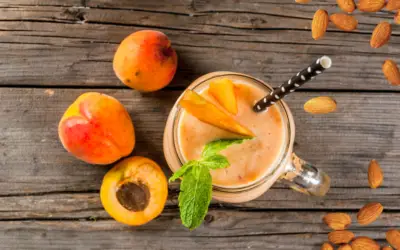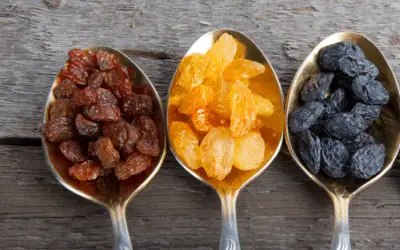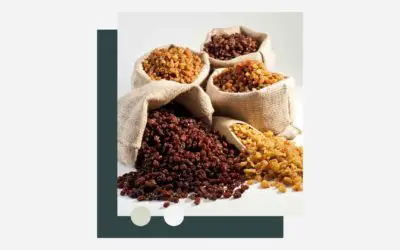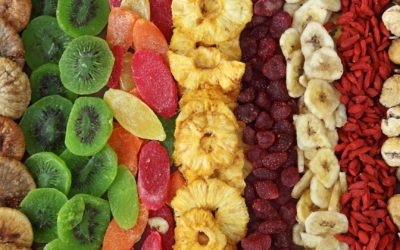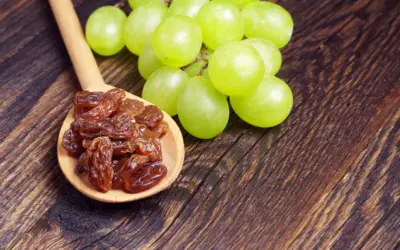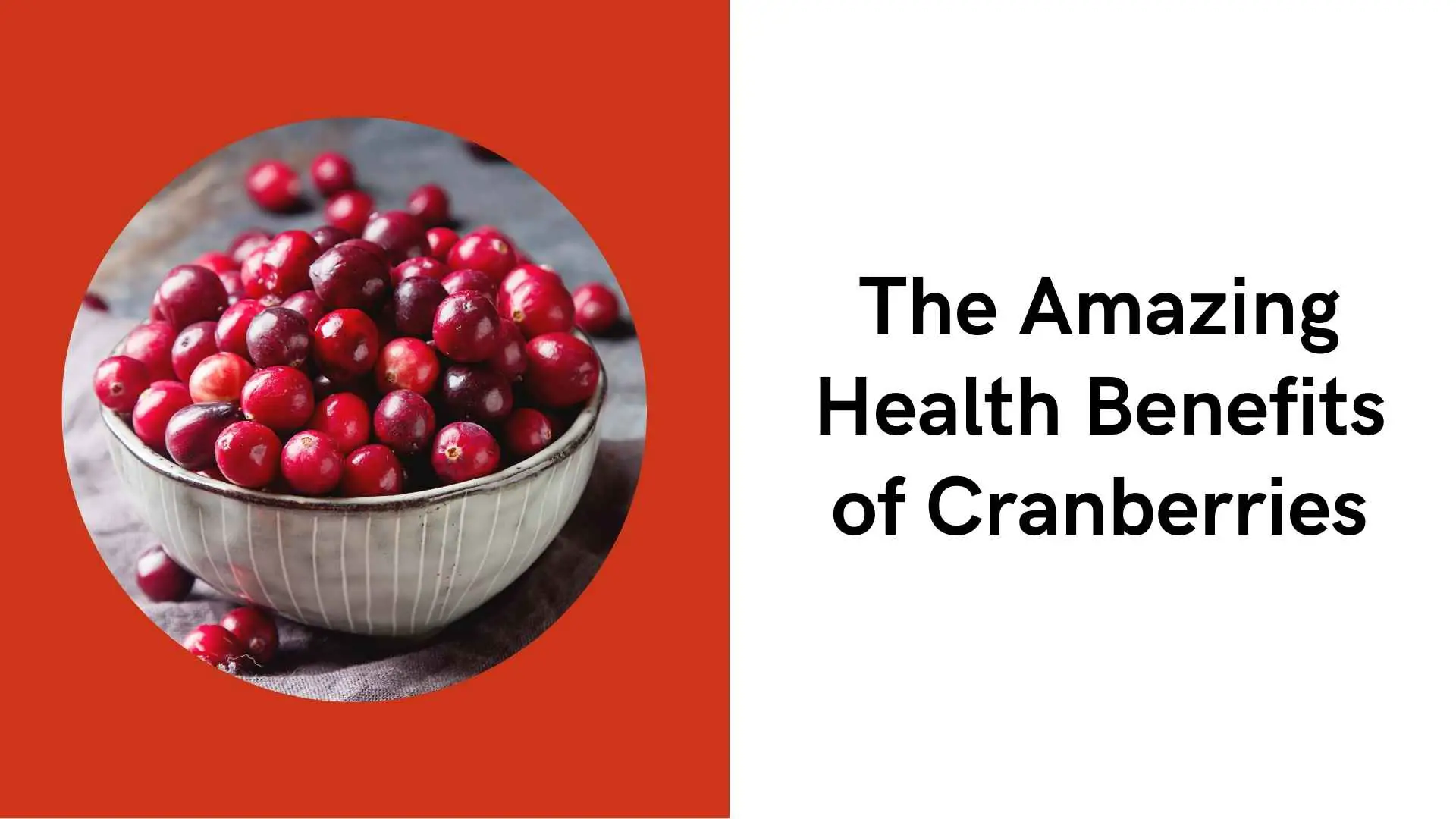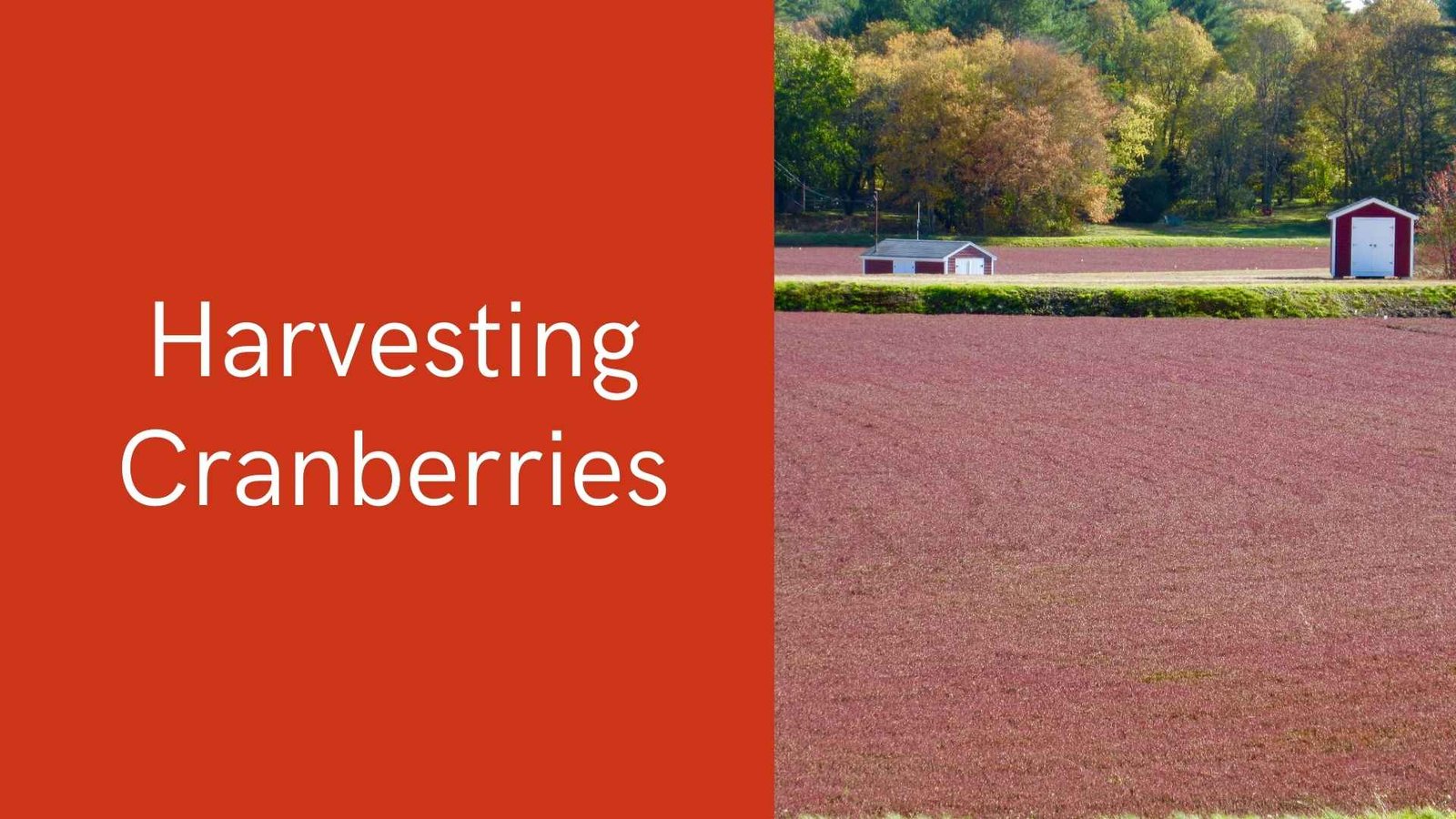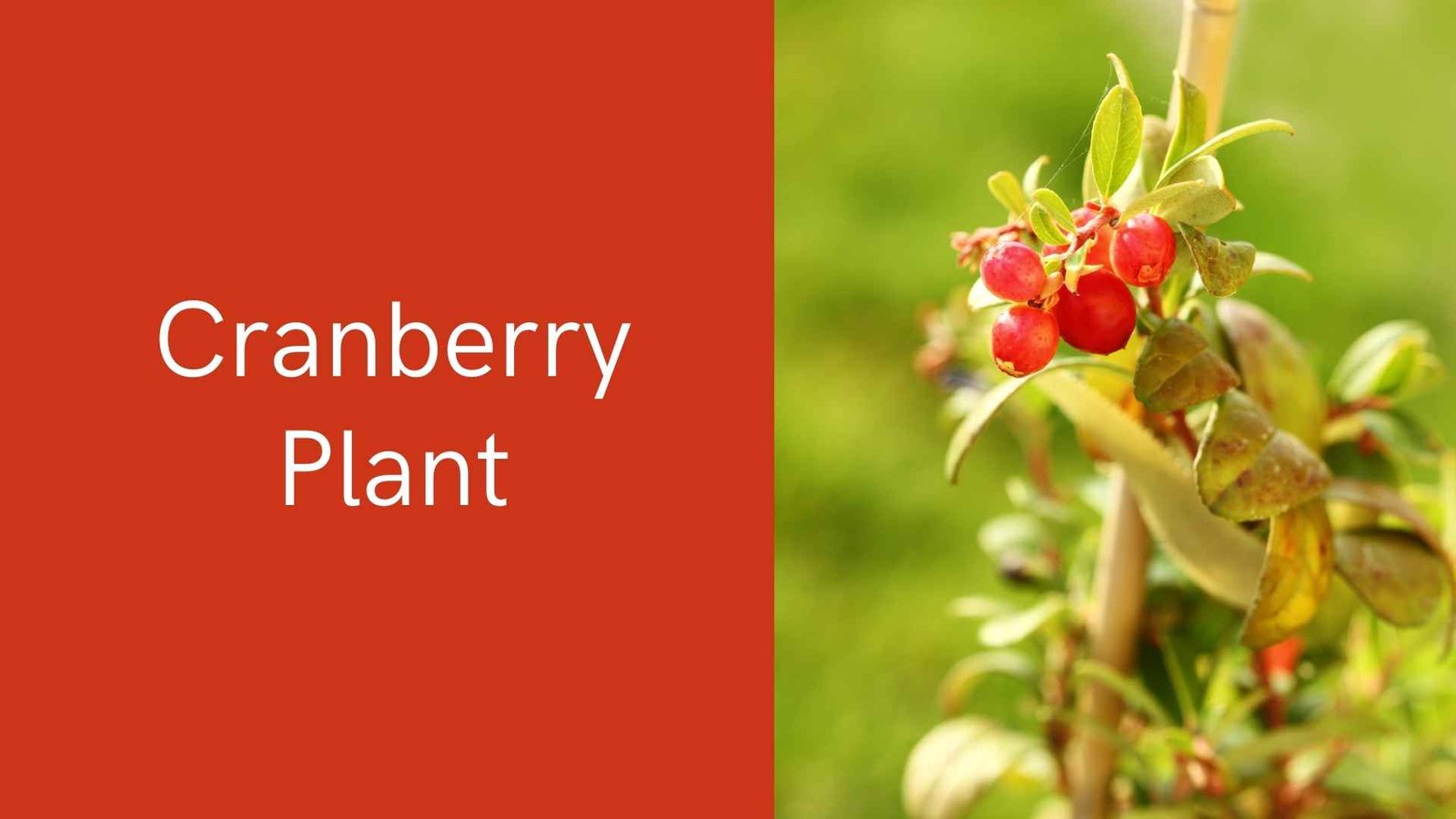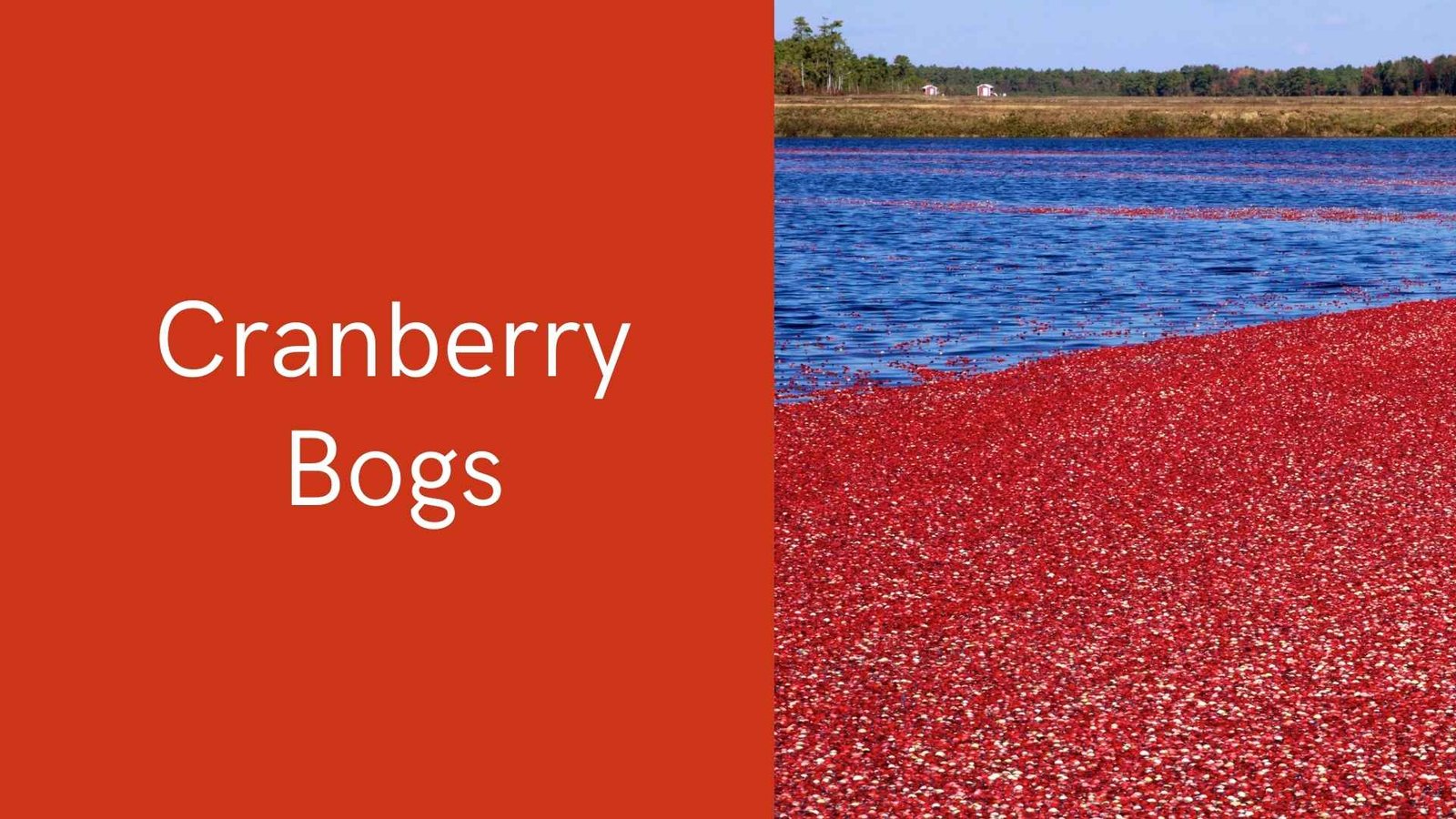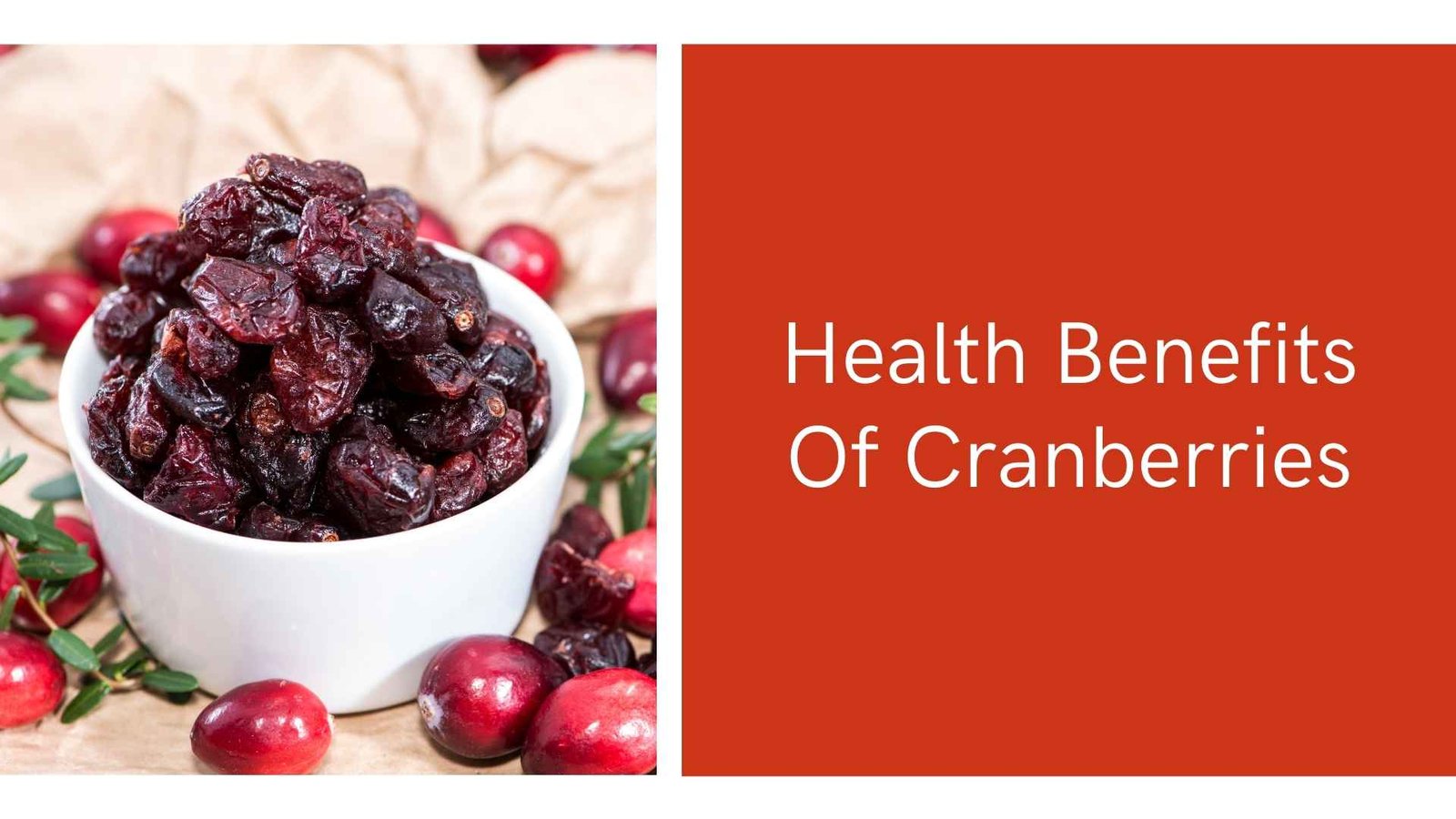Introducing Our Star Ingredient, Cranberries!
Cranberries are vibrantly red fruits. The cranberry may seem small, but it certainly packs a punch! This article will introduce you to the interesting way in which cranberries are harvested, as well as the many nutritious benefits of cranberries that you may not have known. Learn more in this article!
No Result Found!
The carousel you requested could not be found. Try changing your module settings or add some new cards.
How Are Cranberries Harvested?
Unlike other fruits, cranberry plants grow in cranberry bogs. A bog is an area with the soft, marshy ground, usually near wetlands. In order for the plant to flourish, the bog needs to have acidic peaty soil for the best berries. Most commonly, these bogs are found from Massachusetts to New Jersey, Wisconsin, and Quebec, Chile, and primarily in the Pacific Northwest region which includes Oregon, Washington, and British Columbia.
The cranberries are not grown entirely in water. In fact, flooding is only limited to three phases of growth. In the winter, fields are flooded, resulting in a thick covering of ice that protects the developing flower buds against cold temperatures and dry winter winds. Then in the spring, when temperatures warm, the water is pumped out, the plants begin to flower, and a fruit is formed. When the fruit has matured, the field is flooded again in order to assist a wet harvest. A machine begins to stir the water and dislodge the berries. The ripe berries float and bob on the top of the water’s surface, where the berries can easily be harvested. Afterwards, cranberries can be dried, juiced or even frozen to produce a number of cranberry products. Excellent!
Nutrition Facts
The main nutrients in 1 cup (100 grams) of raw, unsweetened cranberries are:
- Calories: 46
- Water: 87%
- Protein: 0.4 grams
- Carbs: 12.2 grams
- Sugar: 4 grams
- Fiber: 4.6 grams
- Fat: 0.1 grams
The main nutrients in ¼ cup (40g) of dried cranberries are:
- Calories: 123
- Fat: 0.4g
- Sodium: 2mg
- Carbohydrates: 33g
- Fiber: 2g
- Sugar: 29g
- Protein: 0.1g
Health Benefits Of Cranberries
#1 Promote Heart Health
Cranberries contain various antioxidants that can be beneficial for heart health. These include anthocyanins, proanthocyanidins, and quercetin. Cranberries can help to reduce the number of heart disease risk factors. Some of these include the increase in good cholesterol, reducing the bad cholesterol, as well as lowering blood pressure.
#2 Helps To Treat Ulcers
The H. pylori bacteria can cause ulcers, gastritis, and some cancers. In one study with 200 patients, researchers found that adding cranberry supplements to the antibiotics and proton pump inhibitors commonly prescribed for this condition helped eradicate the bacteria.
#3 Treating Urinary Tract Infections (UTIs)
It is often known that cranberries play a role in the traditional treatment of UTIs. A 2014 study of 516 participants found that taking a capsule of cranberry extract twice per day reduced the incidence of UTIs. Cranberries contain a high level of antioxidant proanthocyanidins (PACs) that helps prevent certain bacteria from sticking to the urinary tract walls. In this way, the PACs in cranberries help prevent infection.
#4 Support Digestive Health
There is growing evidence that the phytochemicals contained in cranberries play an important role in digestive health. These benefits were reported in a study from 2018 in the Journal of the Science of Food and Agriculture. Similar to how cranberries can treat ulcers, reducing the bacterium H. Pylori in the stomach can help to promote digestive health.
Our Final Thoughts On Cranberries
Cranberries are indeed an excellent superfruit that contain numerous benefits for one’s health. In order to enjoy the benefits of cranberries all year round, the dried varieties of cranberry are your best bet. If you’d like to try this wonderful fruit, clicks down below. Even have some recipes to help you include this wonderful fruit in your diet more often!

